Copper in Plants: [Use, Shortcomings, Advantages and Disadvantages]
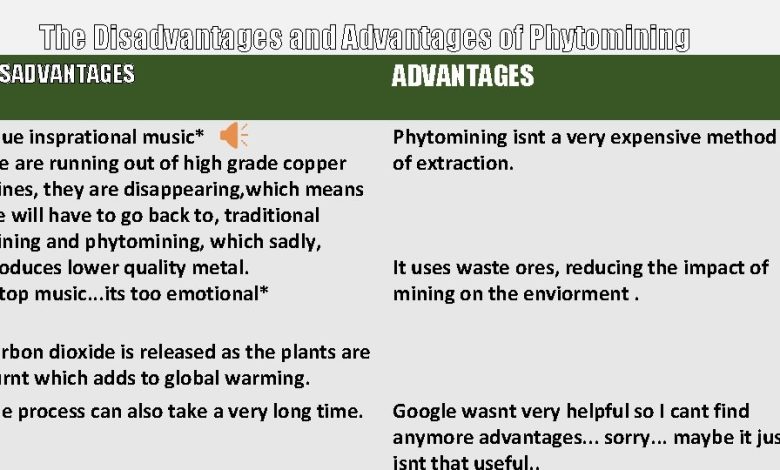
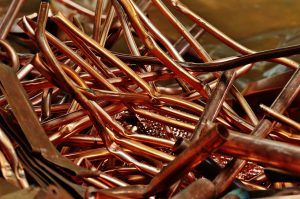 Copper is a micronutrient that fulfills certain vital functions in the plant but is needed in very low quantities.
Copper is a micronutrient that fulfills certain vital functions in the plant but is needed in very low quantities.
It is present in the soil at a beneficial level for crops, although it is always a good plan to monitor excesses or defects of it.
How it interacts with other micronutrients, it is vital to assess the status of all, working with appropriate fertilizations.
If you want to know more about this topic and, above all, know how to act in situations related to this element, do not stop reading.
What is copper?
Copper is a chemical element denoted by the symbol Cu that is part of the family of micronutrients that plants need for their development.
A correct amount of copper in plant tissues will lead to healthier plants and greater resistance to the attack of pests and diseases.
What factors influence crop response to copper fertilization?
Copper fertilizations in the soil can see their levels influenced by several factors such as a high pH level that leads to poor absorption.
It is also possible that competition with other nutrients: such as phosphorus or potassium affects the ability of the plant to get hold of it.
Soils that contain a greater amount of organic matter enjoy better levels of copper, since it is within the organic matter that it lives.
The texture of the soil also plays a fundamental role in this whole issue, since the clayey ones have a greater quantity than the sandy ones.
What is the copper content in the soil?
Copper can be found naturally in the soil, occupying a presence range that oscillates between 0.05 and 0.5 ppm in poor soils.
In those that are quality, this range can be increased to 70 ppm.
In general, this is a sufficient quantity so that the crops have the necessary values for their processes.
What benefits can a soil rich in copper have?
- A soil rich in copper will help plants present a better texture in their structure, giving them hardness and resistance.
- This is because copper works in function of the enzymes that regulate lignin, which is the substance present in the cells that carries out this work.
- In plants that produce edible vegetables and flowers , copper is a great support when it comes to getting a better flavor from them.
- It acts in a special way in the metabolic processes of the plant that are linked to proteins and carbohydrates.
- And, although in small proportions, it also plays a role in the photosynthesis process, as well as in the plant respiratory process.
What disadvantages does an excess of copper have in the earth?
- The main problem that arises when there is an excess of copper in crops is manifested in the roots.
- Copper can cause root tips to burn, leading to uncontrolled lateral growth.
- The areas of the plants that are just being born may look greener than they normally would.
- However, copper prevents plants from obtaining the amount of iron they need , so sooner or later symptoms of iron chlorosis will be seen.
- An important fact is that copper not only competes with iron, but also with other nutrients such as zinc and molybdenum.
- In more advanced cases, excess copper will result in the plant producing more branches than it should .
- And, although the probability rate is quite low, it should not be forgotten that copper is capable of generating the absolute loss of the crop.
- To assess whether a plant has this type of toxicity, it is best to carry out a soil study, as well as observe the ingredients of the fungicides .
- In case it is the fungicide that contains copper and is causing the problem, it is necessary to wash the leaves before exploring.
What crops and plants benefit most from the presence of copper in the soil?
Among the crops that benefit most from the presence of copper we have some fruit trees such as vines, strawberries, raspberries and blueberries.
In the field of vegetables, species such as garlic, onions, among others, stand out.
Many ornamental species also benefit from good levels of copper, although they are the most infrequent due to their low consumption on average.
In all these cases, although natural fertilization occurs from the soil itself, the most common is to use the foliar route.
This means that a specific fertilizer is used that is dissolved in water and applied together with the irrigation water, with the foliage being in charge of absorption.
How do we detect deficiency or lack of copper in our crops and plants?
- Copper has the property of being a nutrient that remains immobile in plants.
- This means that the manifestation of a deficit of the same will be noticed first in the new leaves .
- Chlorosis most commonly develops, although leafroll is also possible.
- If low copper levels are sustained, there is a chance that emerging leaves will be smaller in size.
- The lack of copper also affects the brightness of the leaves and can cause them to wilt quickly.
- If the plant is an ornamental flower, it is likely that the petals or bracts will appear duller than normal .
- The most common way to supply copper to plants and regulate its levels is with micronutrient fertilizers.
- However, in the event of a very specific need, copper chelates and sulphates can also be used.
- Of course, for this process, great care must be taken to prevent the deficit from becoming an excess that could also harm the plant.

Symptoms of copper deficiency
The amount of copper available to plants varies greatly between soils.
Copper in the soil is held with clay minerals as a cation and in association with organic matter. Some silicate and carbonate minerals contain copper as impurities. Various investigations at specialized universities, such as the University of Minnesota, have identified the soil conditions in which crops will respond to copper fertilizers.
These conditions are:
- Organic matter: Copper deficiencies usually occur in soils with peat and high concentrations of organic matter.
- Soil Texture: Sandy-textured soils are more likely to be copper deficient than loams and clays.
- Soil pH: Soils that contain higher amounts of oxides and carbonates tend to have little available copper. Soils with a pH of 7.5 or higher should be watched when growing copper-sensitive produce.
Fertilizer management
Copper sulfate is the preferred source of copper fertilizer due to its low cost compared to chelated sources. The application of copper in the soil before planting is the most common. Copper fertilizer can be applied broadcast or banded with nitrogen, phosphorus, and potassium fertilizers.
The efficiency of copper use is improved if the compost is water soluble and the size of the compost particles is small. A single application of copper can last for many years. Foliar application of copper can also be an effective way to correct copper deficiency in small cereals and horticultural crops.
copper toxicity
There is a narrow margin between copper deficiency and toxicity.
You have to be careful with the application of copper fertilizers. If applied repeatedly, like sewage sludge and manure from pigs and dairy products, it can develop toxicity. Copper toxicity can persist for a long period of time and is difficult to correct due to the low solubility of copper in water.
The toxic concentration of copper in the soil affects seed germination, root system development and plant vigor. Beware of fields that regularly receive fertilizers and organic matter such as copper manure.

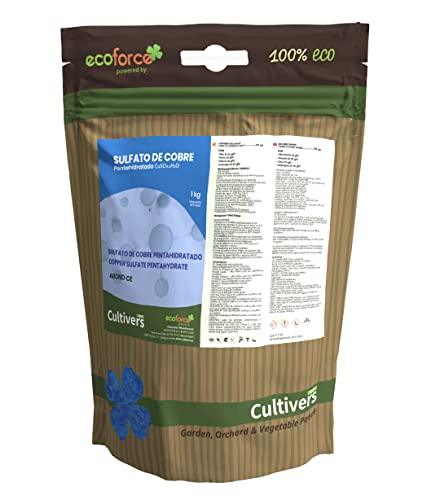
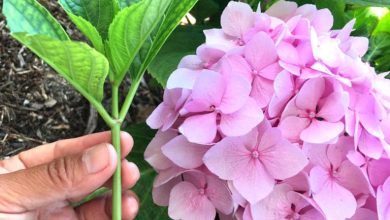
![Photo of Varieties of Peas: [Characteristics and Classification]](https://www.complete-gardening.com/wp-content/uploads/2022/08/varieties-of-peas-characteristics-and-classification-390x214.jpg)
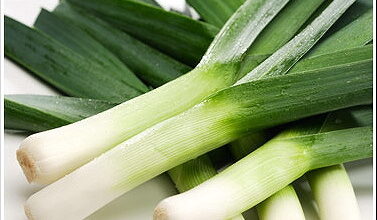
![Photo of Plant a Cypress: [Cultivation, Care, Pests and Diseases]](https://www.complete-gardening.com/wp-content/uploads/2022/08/plant-a-cypress-cultivation-care-pests-and-diseases-390x220.jpg)